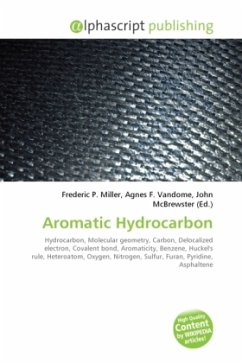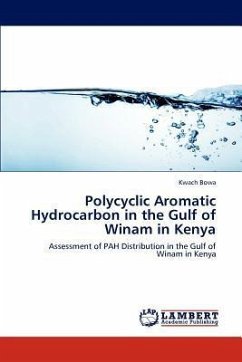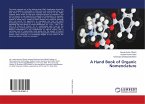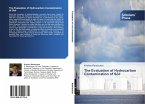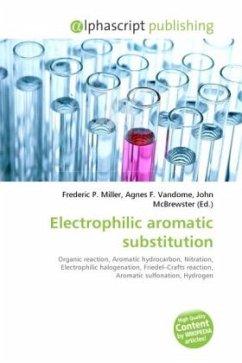An aromatic hydrocarbon (abbreviated as AH) or arene (or sometimes aryl hydrocarbon) is a hydrocarbon, of which the molecular structure incorporates one or more planar sets of six carbon atoms that are connected by delocalised electrons numbering the same as if they consisted of alternating single and double covalent bonds. The term 'aromatic' was assigned before the physical mechanism determining aromaticity was discovered, and was derived from the fact that many of the compounds have a sweet scent. The configuration of six carbon atoms in aromatic compounds is known as a benzene ring, after the simplest possible such hydrocarbon, benzene. Aromatic hydrocarbons can be monocyclic or polycyclic. Some non-benzene-based compounds called heteroarenes, which follow Hückel's rule, are also aromatic compounds. In these compounds, at least one carbon atom is replaced by one of the heteroatoms oxygen, nitrogen, or sulfur. Examples of non-benzene compounds with aromatic properties are furan, a heterocyclic compound with a five-membered ring that includes an oxygen atom, and pyridine, a heterocyclic compound with a six-membered ring containing one nitrogen atom.
Bitte wählen Sie Ihr Anliegen aus.
Rechnungen
Retourenschein anfordern
Bestellstatus
Storno

